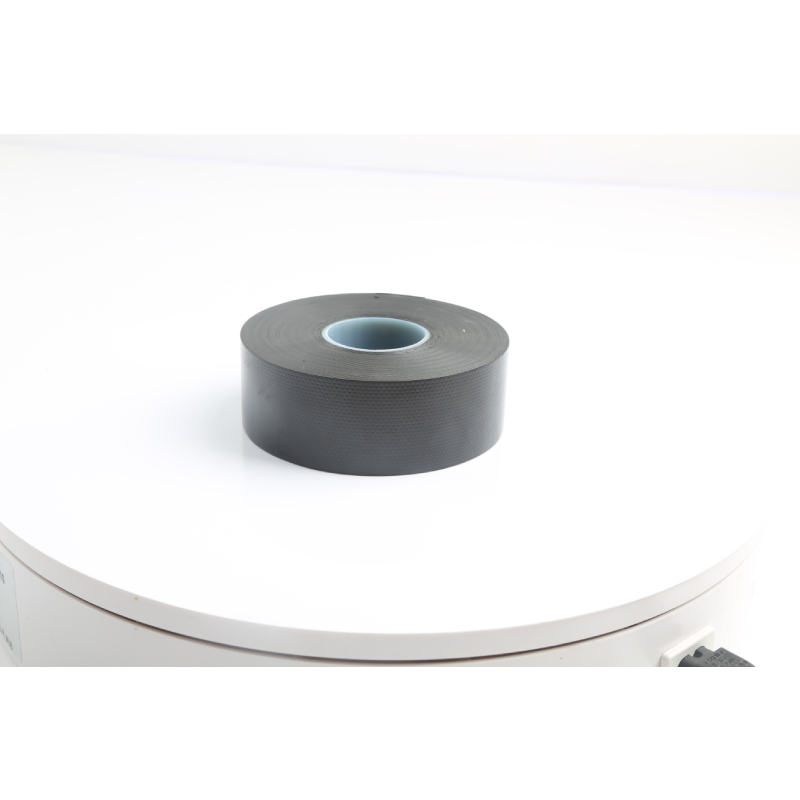The Versatility of White Insulation Tape A Comprehensive Guide
When it comes to home improvement and electrical projects, few items are as indispensable as insulation tape. Among the various options available, white insulation tape has garnered significant attention due to its versatility, ease of use, and aesthetic appeal. Whether you are a DIY enthusiast or a professional tradesperson, understanding the features and applications of white insulation tape can enhance your projects and ensure optimal results.
What is White Insulation Tape?
White insulation tape is a type of pressure-sensitive tape made from a non-conductive material, typically PVC or vinyl. It is designed to insulate electrical wires, prevent short circuits, and protect against moisture and environmental elements. The white color not only provides a clean and neat appearance but also allows it to blend seamlessly into light-colored backgrounds, making it ideal for various applications.
Key Features
1. Electrical Insulation The primary purpose of white insulation tape is to provide electrical insulation. It effectively prevents electricity from leaking through wires, ensuring safe usage in electrical systems.
2. Temperature Resistance White insulation tape is engineered to withstand a range of temperatures, making it suitable for both indoor and outdoor use. It remains stable in extreme conditions, providing reliable insulation regardless of the environment.
3. Moisture Resistance Its waterproof properties help protect electrical connections and components from moisture, reducing the risk of short circuits and electrical failures.
4. Flexibility and Conformability This type of tape is flexible and can easily conform to various surfaces, making it easy to wrap around wires, connectors, and irregular shapes.
5. Ease of Use White insulation tape is user-friendly and can be torn by hand or cut with scissors, allowing for quick application without the need for additional tools.
6. Aesthetic Appeal The clean, white color offers a polished look, making it a popular choice for visible applications where appearance matters, such as in home theaters, automotive enhancements, or decorative light fixtures.
white insulation tape

Applications of White Insulation Tape
The versatility of white insulation tape makes it suitable for numerous applications
1. Electrical Repairs It is commonly used for repairing frayed or damaged wiring in appliances, electronics, and homes. By providing insulation around exposed wires, it helps prevent electrical hazards.
2. Automotive Use Car enthusiasts often utilize white insulation tape to tidy up wiring in cars, ensuring that electrical components remain safe and organized.
3. Crafts and Projects Crafters use white insulation tape in various projects, from model building to DIY decorations. It can help attach components together or provide a clean finish to intricate designs.
4. Plumbing Applications Although not its primary purpose, some people use insulation tape to secure plumbing components temporarily or provide a barrier against moisture.
5. Labeling In organizational projects, white insulation tape can be used as a labeling tool. With a marker, you can write directly on the tape, making it easy to identify wires, connections, or project components.
Conclusion
White insulation tape is more than just a simple adhesive strip; it is a multifaceted tool that serves a wide range of purposes across different domains. Its ability to provide electrical insulation, resist temperature fluctuations, and protect against moisture makes it an essential item in every toolbox. Whether you're making repairs, working on automotive projects, or engaging in creative crafts, white insulation tape is a reliable ally that combines functionality with aesthetic appeal.
In summary, investing in quality white insulation tape can elevate your projects and ensure safety and efficiency in your electrical tasks. The next time you embark on a DIY venture or need to tackle electrical repairs, consider reaching for white insulation tape—it might just be the secret ingredient to your success.
-
XIANGFAN Rubber Tape-Ultimate Solutions for All Your Insulation NeedsNewsJun.24,2025
-
XIANGFAN Rubber Tape-Protection for Industrial and Residential ApplicationsNewsJun.24,2025
-
XIANGFAN Rubber Tape: Superior Safety and Sealing for Demanding EnvironmentsNewsJun.24,2025
-
XIANGFAN Rubber Tape: Reliable Solutions for Every Electrical ChallengeNewsJun.24,2025
-
XIANGFAN Electrical & Industrial Tape: Powering Reliability Across IndustriesNewsJun.24,2025
-
XIANGFAN Electrical & Industrial Tape: Excellence in Every ApplicationNewsJun.24,2025
